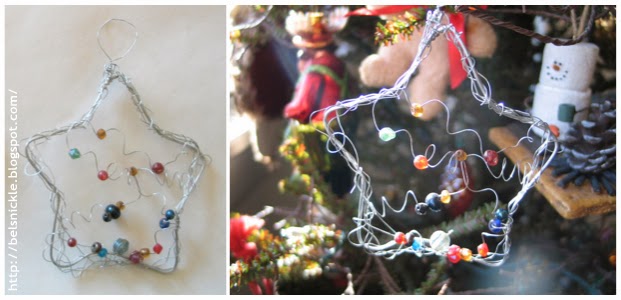 |
| (Warning: fortune teller's do not promote truth.) |
In the system of the astrologers, the horoscope was cast from the conjunction of the stars at birth, taken in connection with that zodiacal sign which ruled the month when life began. For the Christmas horoscope we use signs, familiarly associated with the season.
To Read Your Destiny.
Find the sign in the inner or black circle, that represents the month in which you were born. Select any letter in the space allotted to you and write it down. Count six letters to the right (not counting the one already set down) and write the sixth letter next to the one already written. Proceed in this manner until you have gone the round of the circle. Point off the letters thus obtained into words and by commencing at the proper place you will find they make a sentence.
The first or inner circle of letters relates to LOVE; the second, FATE: and the third, BUSINESS; and the fourth or outside circle Santa Claus offers some Christmas advice.
The Twelve Signs of Birth.
If born in January, the month of the reindeer.
If born in February, the month of the sleigh.
If born in March, the month of the fireplace.
If born in April, the month of the Christmas tree.
If born in May, the month of the stocking.
If born in June, the month of the pudding.
If born in July, the month of the boar's head.
If born in August, the month of the mistletoe.
If born in September, the month of the holly.
If born in October, the month of the star.
If born in November, the month of the turkey.
If born in December, the month of the bells.







































